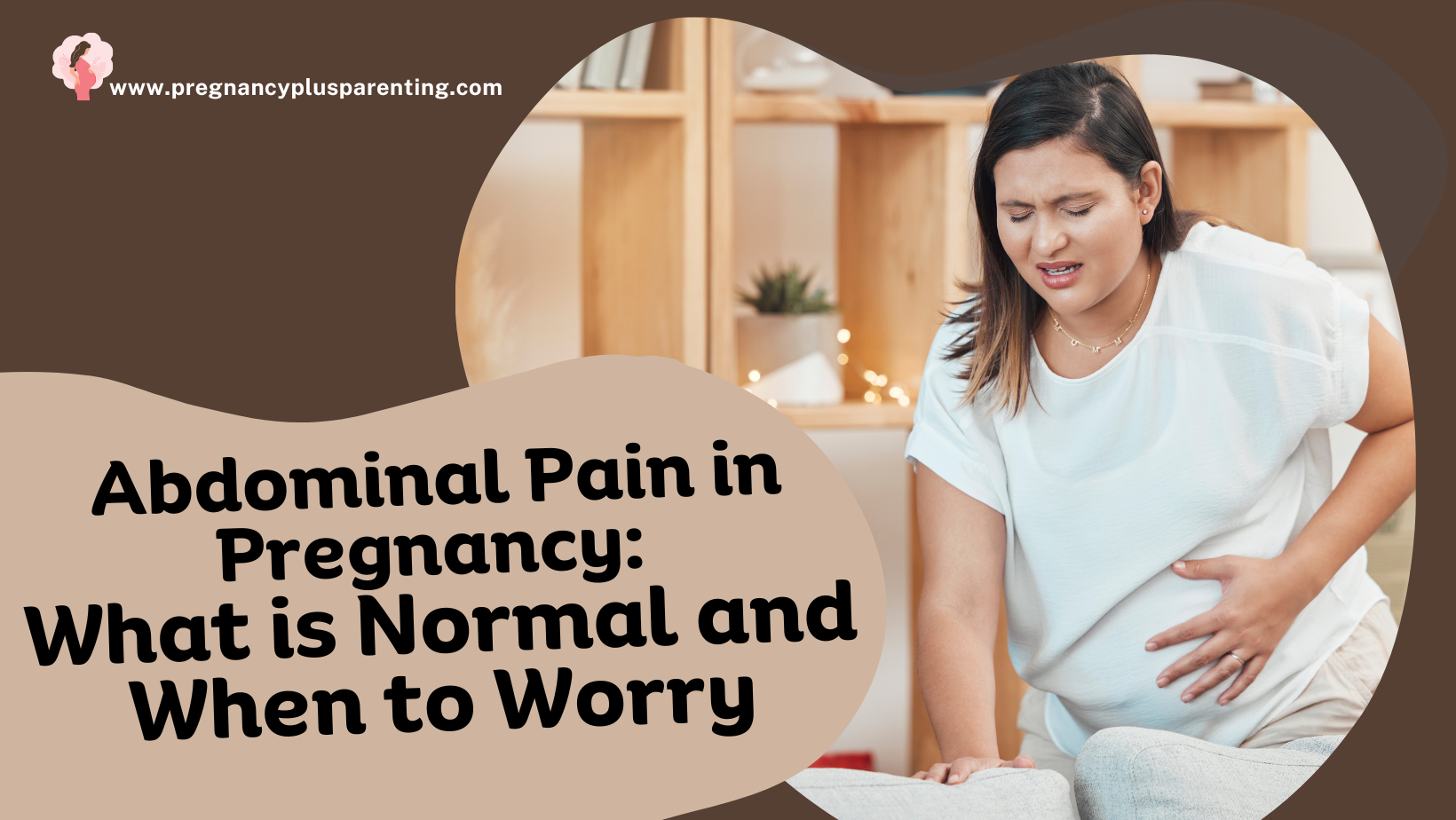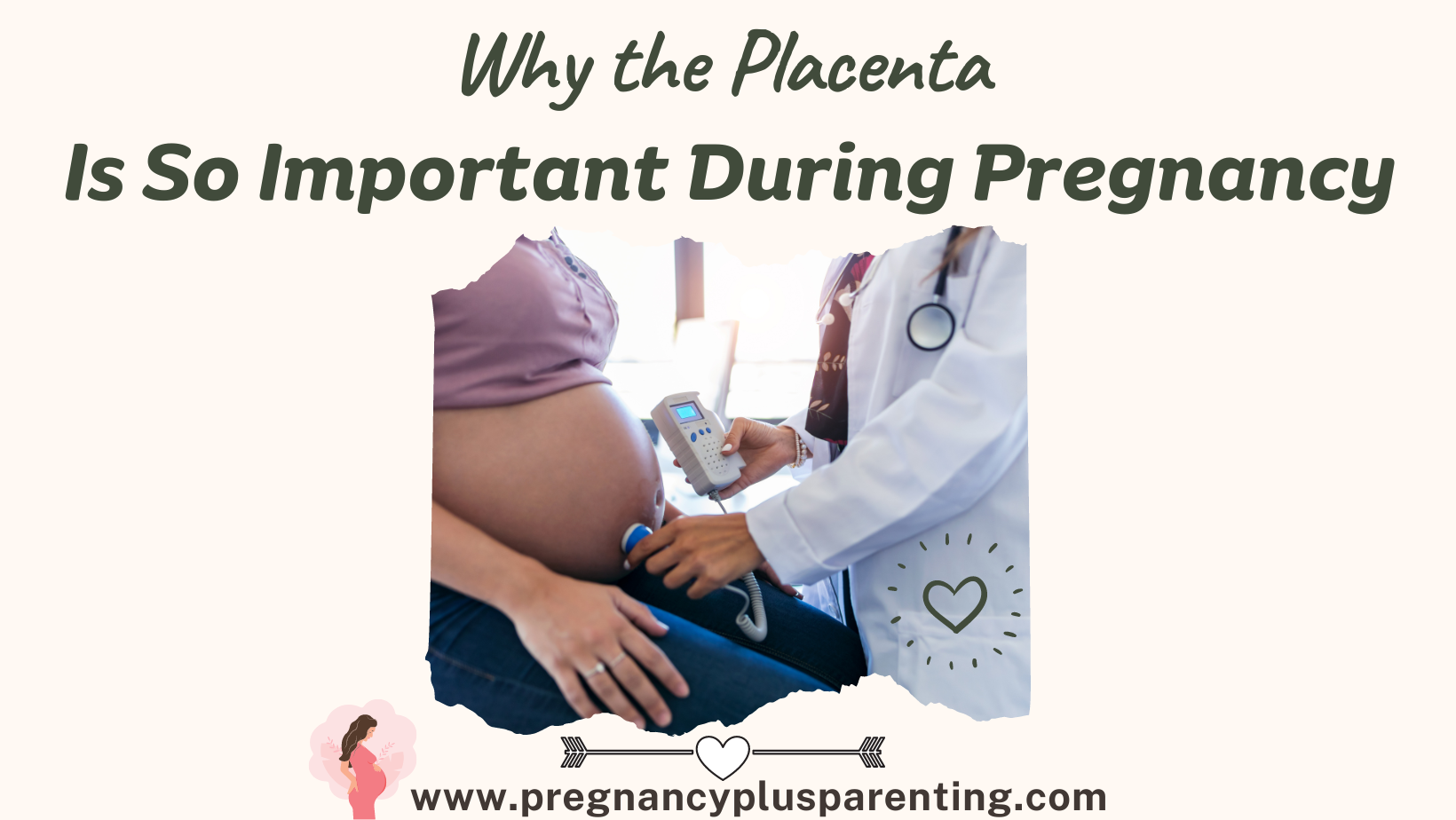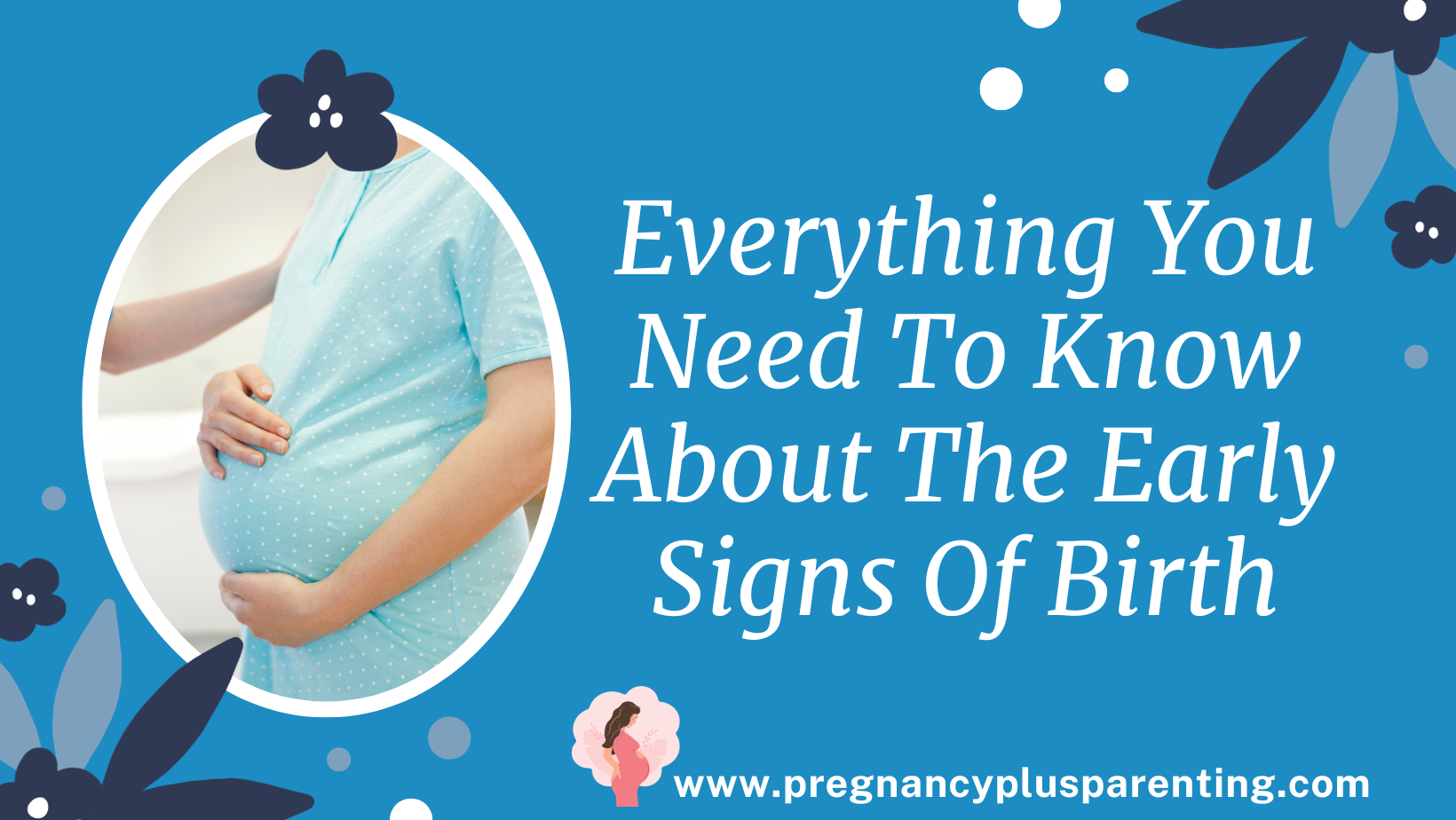Abdominal Discomfort Amidst Pregnancy
Abdominal distress, a common occurrence during pregnancy affecting approximately 70% of women, warrants circumspection. While mild unease is within the realm of normalcy, it is imperative to distinguish between commonplace discomfort and potential complexities. Subtle cramping or akin to the gentle pull of menstruation transpires as the expanding womb necessitates the stretching of the uterus. The acute, piercing sensation in the lower abdomen or groin, known as round ligament pain, arises from the elongation of ligaments that cradle the burgeoning uterus. Additionally, hormonal shifts and the growing infant may decelerate the digestive process, precipitating gas and bloating, further contributing to disquiet. Nevertheless, should you encounter profound discomfort resistant to rest or positional adjustments, coupled with indications such as vaginal bleeding, contractions before the due date, fever, chills, or unrelenting nausea and vomiting, an expeditious medical consultation is imperative. These symptoms could herald serious complications such as miscarriage, ectopic pregnancy, placental issues, infection, or hyperemesis gravidarum. Reflect upon the pivotal necessity of heeding your body’s signals and prioritizing your well-being throughout this transformative journey.
Ordinary Abdominal Discomfort in Pregnancy
Pain from the Round Ligament
Description: The discomfort from the round ligament stands as a commonplace facet of abdominal sensations during pregnancy, emerging as the ligaments supporting the uterus undergo elongation and expansion.
Characteristics: Manifesting typically as a sharp or penetrating ache on either side of the lower abdomen, it often precipitates from sudden movements or alterations in posture.
Timing: It can occur at any juncture during pregnancy but finds prominence in the second trimester.
Braxton Hicks Contractions
Description: Braxton Hicks contractions, often denoted as “practice contractions,” materialize as sporadic and painless contractions of the uterine musculature.
Characteristics: These contractions present as a tightening or compressing sensation in the lower abdomen, displaying an irregular ebb and flow.
Timing: Prevailing throughout pregnancy, they become more discernible in the second and third trimesters.
Gastric Discomfort and Indigestion
Description: Hormonal shifts intrinsic to pregnancy may temper the pace of digestion, heralding the advent of gas, bloating, and indigestion.
Characteristics: Discomfort in the abdominal region associated with gas may simulate cramps or subtle aches, often accompanied by eructation, flatulence, or heartburn.
Timing: Gas and indigestion may manifest at any phase of pregnancy, potentially intensifying as gestation advances.
Abdominal Discomfort Mandating Medical Attention
Although a majority of abdominal distress during pregnancy holds benign qualities, discerning certain types of pain becomes paramount for underlying issues that demand immediate medical scrutiny:
Excessive or Persistent Pain
Characteristics: The persistence of acute abdominal pain, unyielding to amelioration, coupled with concomitant symptoms such as bleeding, fever, chills, or vertigo, mandates expeditious medical intervention.
Potential Causes: Intense pain may signal conditions such as ectopic pregnancy, miscarriage, or the rupture of an ovarian cyst.
Sudden Sharp Pain on One Side
Characteristics: The abrupt onset of severe and piercing pain on one side of the lower abdomen implies a potential issue with the ovary, fallopian tube, or the prospect of an ectopic pregnancy.
Potential Causes: Conditions like ovarian cyst torsion or an ectopic pregnancy necessitate swift medical evaluation.
Contractions
Characteristics: Regular, frequent contractions, exceeding five per hour, accompanied by an escalation in pain, are indicative of preterm labor.
Potential Causes: Preterm labor necessitates immediate medical attention to forestall premature birth and the attendant risks.
Vaginal Bleeding
Characteristics: Any episode of vaginal bleeding during pregnancy warrants evaluation by a healthcare professional, especially if it is profuse, persistent, or conjoined with pain.
Potential Causes: Vaginal bleeding may point to various concerns, including placenta previa, miscarriage, or a cervical infection.
Conclusion
Abdominal discomfort in the course of pregnancy encompasses a spectrum from routine sensations such as round ligament pain and gas to indicators of potential complications like ectopic pregnancy or preterm labor. Attending to the nuances of type, location, intensity, and accompanying symptoms of abdominal pain becomes imperative. In instances where concerns arise about abdominal discomfort during pregnancy, expeditious contact with your healthcare provider is non-negotiable. Timely assessment and communication with your healthcare team stand as pivotal measures for ensuring a pregnancy that is both robust and secure for both you and your cherished offspring.






